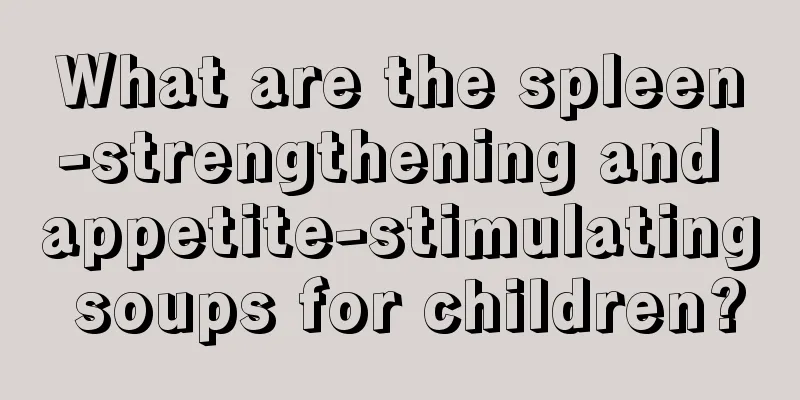What to do if your 10-year-old child vomits

|
There are several factors to consider when vomiting occurs normally, such as dietary reasons, or what you have eaten recently, and infections in the lungs can also cause vomiting. It is necessary to first find the factors of the disease in this regard, and then slowly regulate it with medication, so that recovery will be faster. Vomiting is caused by reverse peristalsis of the esophagus, stomach or intestines, accompanied by strong spasmodic contractions of the abdominal muscles, which force the contents of the esophagus or stomach to flow out of the mouth and nasal cavity. Severe vomiting can cause the child to enter a state of respiratory apnea and suffocation. If the vomitus is inhaled, lung infection may occur. Repeated vomiting can lead to water and electrolyte imbalance. Long-term vomiting affects the intake of nutrients and can lead to malnutrition and vitamin deficiency. Causes of vomiting in children include: 1. Organic obstruction of the digestive tract: Infants mostly suffer from congenital digestive tract malformations (stenosis or atresia in different parts), while older children mostly suffer from acquired intestinal torsion, intussusception, and obstruction. It is often accompanied by other obstructive symptoms: abdominal distension, bloody stools, no bowel movements, etc. 2. Infectious diseases of the digestive system: gastritis, peptic ulcer, enteritis, appendicitis, peritonitis, cholecystitis, cholelithiasis, pancreatitis, etc. It is often accompanied by abdominal pain, nausea, diarrhea, and bloating. 3. Digestive tract dysfunction: various systemic diseases and metabolic abnormalities. It is often accompanied by fever, nausea, abdominal distension, etc. 4. Neurological diseases: Intracranial hypertension due to various reasons (encephalitis, meningitis, intracranial space-occupying lesions) causes central vomiting, projectile vomiting without nausea, but with other neurological symptoms and signs (headache, drowsiness, coma, convulsions). 5. Abnormal cerebellar or vestibular function: changes with body position, accompanied by ataxia, dizziness, unstable gait, etc. 6. Poisoning: Poisoning by poison or food may manifest as vomiting with an acute onset. 7. Recurrent vomiting: also known as cyclical vomiting, it often occurs in the preschool and school age (3-10 years old). It is a sudden and recurring vomiting that can cause water and electrolyte disorders. The disease may have a family history. Overeating, fatigue, mental stress and mood swings are the triggers of the disease. Physical examination and auxiliary examinations of the digestive system and nervous system were unremarkable. Epileptic waveforms are occasionally seen on the electroencephalogram, but antiepileptic drugs are ineffective. It usually stops naturally after puberty. |
<<: Symptoms of shrimp allergy in babies
>>: 8-year-old child with abdominal pain and vomiting
Recommend
What are the symptoms of anemia in infants?
Many parents supplement their children's nutr...
What are the taboos for children to drink Chinese medicine?
Different patients have contraindications when us...
How to put medicine in the buttocks of a child with a fever?
Children have very poor resistance and often have...
Can premature baby infections be cured?
Premature babies have poor physical constitution ...
What are the causes of picky eating in children?
Children in their early childhood will have some ...
What is the reason for the child's left side abdominal pain
Although it is a hot summer, many diseases are oc...
How to treat jaundice in children
Due to the mother's damp and cold constitutio...
Causes of shortness of breath in babies with colds
The health of a baby is related to the happiness ...
8 month old baby has diarrhea
It is very common for babies to have diarrhea. Th...
The reason why newborns have a lot of mucus
Generally speaking, newborns have more nasal secr...
What should I do if my child walks with his legs splayed? Use these three tips to prevent it
When many children walk, their feet naturally spr...
What causes facial hemangioma in children?
Hemangioma is a benign tumor in the human body. I...
Why are eight-month-old babies' legs weak?
An eight-month-old baby should be able to sit up ...
What should I do if my child has black spots on his teeth?
It is not normal to have black spots on teeth, bu...
Are there any side effects to children taking Chinese medicine?
Traditional Chinese medicine is profound and exte...









